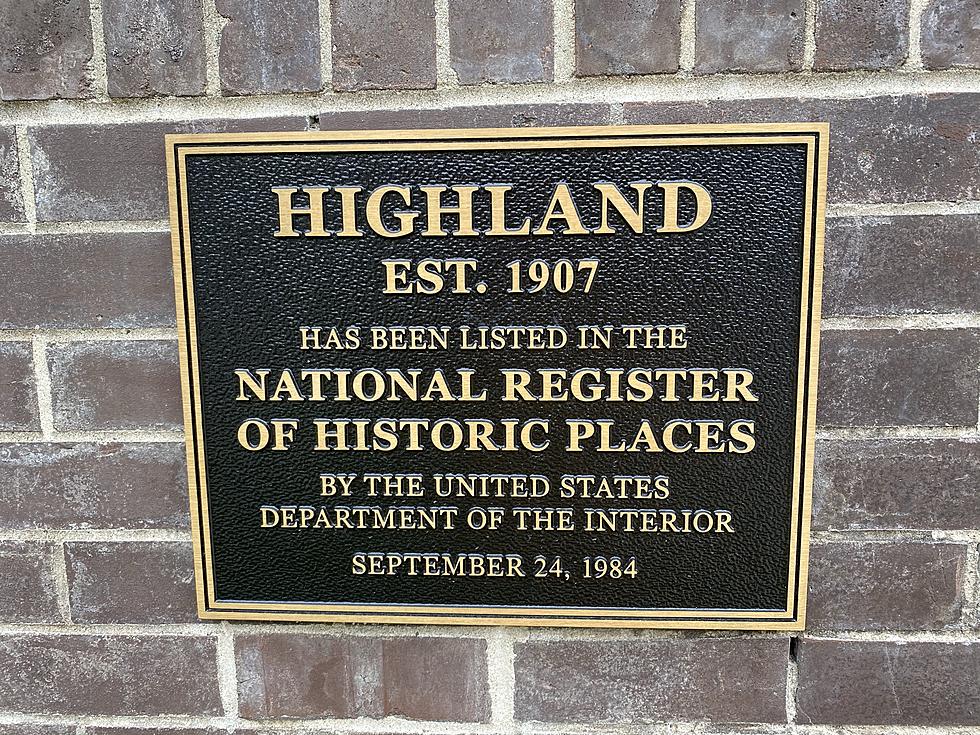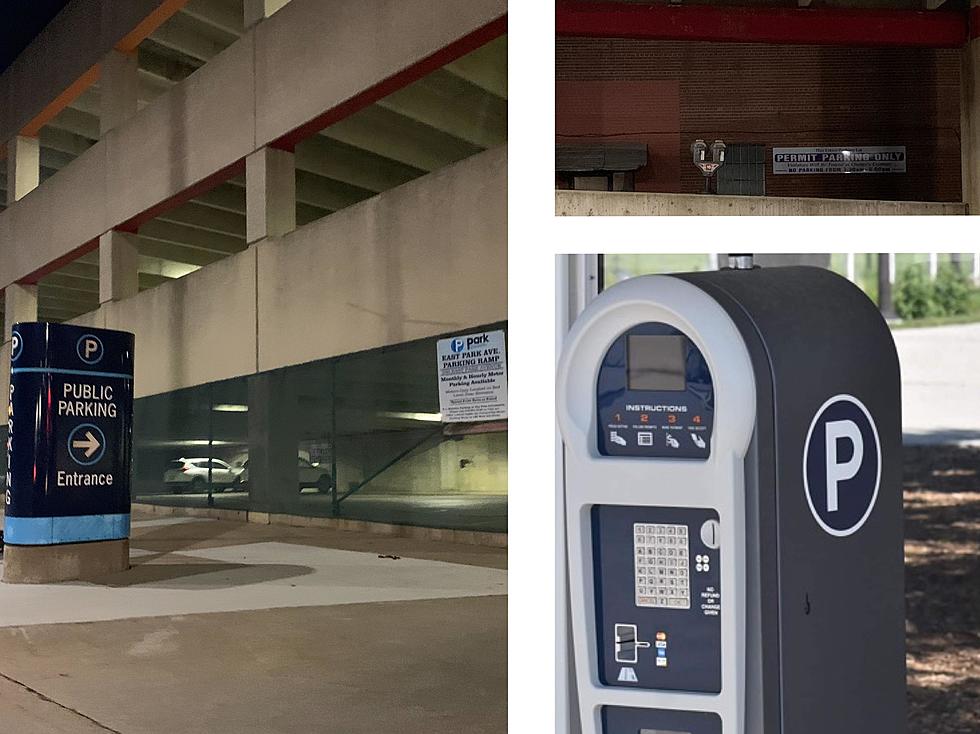
Waterloo’s Oldest Neighborhood-Highland Historic District-Photos
Waterloo has an interesting history dating all the way back to when it was first settled in 1845. Back in the day, it was known as Prairie Rapids Crossing, when the original settlers, George and Mary Melrose Hanna and their children arrived and staked out a claim near the Cedar River.
According to Wikipedia, Waterloo saw an extended period of growth from 1895 to 1915, where the population increased from 8,490 to 33,097, a 290% increase. It was a booming time for the city, as Rath Packing Company began to take off along with the Waterloo Gasoline Engine Company and the Illinois Central Railroad.
New housing additions were springing up, including the very popular among cultural elite, the Highland Historic District.
Interestingly, I always thought that it might be named "Highland", because of its elevation and how far away it is from the Cedar River (so there was never any worry about flooding). However, the name actually came from one of the original developers, Lewis Lichty, whose family homestead in Pennsylvania had been named "Highlands".

Now, let's take a look at some of the history behind this historic part of Waterloo and scroll through photos of some of the century-old houses that are still around to this day.
Waterloo's Oldest Neighborhood-Highland Historic District-Photo Gallery
MORE WATERLOO HISTORY: OPINION - This Cedar Valley Eyesore Needs To Be Demolished
KEEP READING: Can You Guess These C.V. Locations From An Aerial View?
More From Q98.5







![New Murals Along Hwy 218 Brighten Up Downtown Waterloo [Photos]](http://townsquare.media/site/725/files/2021/07/attachment-IMG_1618.jpeg?w=980&q=75)

